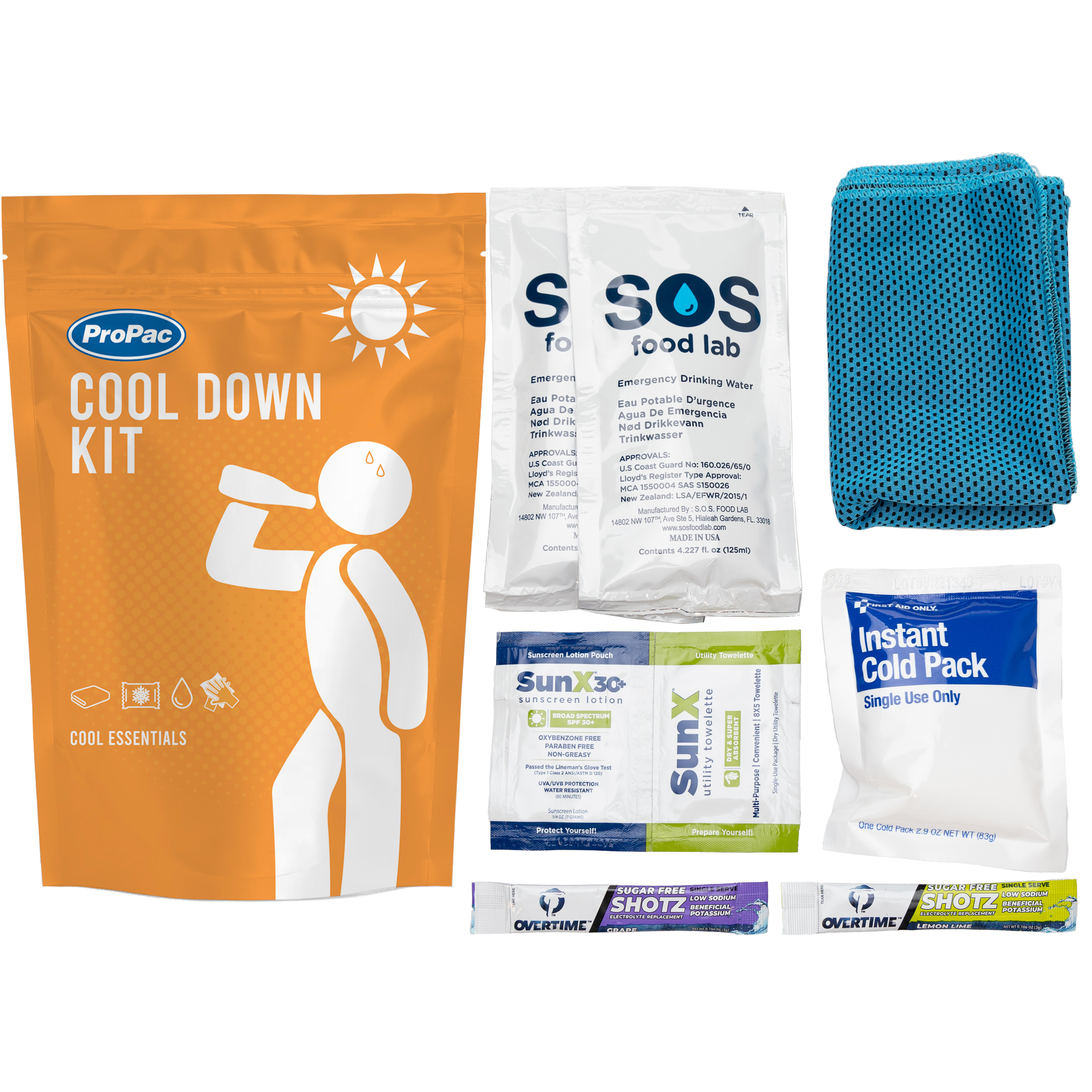
Extreme Heat Safety
Wednesday July 5, 2023
Extreme Heat Safety
As global temperatures rise, extreme heat events become more frequent and intense.
Newly recorded data pins this past June as the hottest June to date, setting up the rest of the year for a similar path.
According to The Weather Channel, El Niño, the classification of very warm ocean temperatures, contributes highly to the rise in overall planet temperatures.
Heatwaves can pose significant risks to human health and well-being, making it crucial for individuals to understand the dangers associated with high temperatures and adopt effective heat safety measures.
Three important terms to know about heat safety are Excessive Heat Outlook, Excessive Heat Watch, and Excessive Heat Warning/Advisory.
Excessive Heat Outlook is the first, initial warning meaning an excessive heat event is possible within the next week.
Excessive Heat Watch indicates that conditions are present and favorable for excessive heat to occur within the next 1-3 days.
Excessive Heat Warning/Advisory means extremely dangerous heat is within 12 hours away and precautions should be taken to avoid illness caused by heat.
Below you will find the impacts of extreme heat, common heat-related illnesses, and practical tips for staying safe in hot weather conditions.
The Impacts of Extreme Heat
Extreme heat can cause drastic impacts on both individuals and communities. Prolonged exposure to high temperatures can result in heat-related illnesses, such as heat exhaustion and heatstroke, which can range from mild to life-threatening. Additionally, heatwaves can lead to dehydration, exacerbate existing health conditions, and place added strain on infrastructure, including power grids and water supplies.
Preparedness Supplies
Summer Cool Down Kit
Neck Cooling Towel
20-Year Shelf-Life Water
Sunscreen Towelettes
Shelf-Stable Meals
Weather Alert Radio
Bug Repellent Towelettes

Understanding Heat-Related Illnesses
1. Heat Exhaustion
Heat exhaustion occurs when the body is unable to cool itself properly, leading to symptoms such as excessive sweating, weakness, dizziness, nausea, headache, and muscle cramps. If not treated promptly, heat exhaustion can progress to heatstroke.
2. Heatstroke
Heatstroke is a severe and potentially fatal condition that arises when the body's temperature regulation system fails. Symptoms include a high body temperature (above 103°F or 39.4°C), hot and dry skin due to lack of sweating, rapid pulse, throbbing headache, confusion, and unconsciousness. Heatstroke requires immediate medical attention.
Heat Safety Tips
1. Stay Hydrated
Drink plenty of fluids, even if you don't feel thirsty. Water is the best choice, and you should avoid or limit alcoholic beverages and those high in sugar or caffeine, as they can contribute to dehydration.
2. Dress Appropriately
Wear loose-fitting, lightweight, and light-colored clothing made of breathable fabrics to allow air circulation and aid in evaporation. Protect your head and face with a wide-brimmed hat or use an umbrella for shade.
3. Seek Cool Environments
Stay indoors in air-conditioned spaces as much as possible. If you don't have access to air conditioning, visit public places like shopping malls, libraries, or community centers that offer cooling facilities. Use fans and take cool showers or baths to lower your body temperature.
4. Plan Outdoor Activities Wisely
Avoid outdoor activities during the hottest parts of the day, typically from late morning to mid-afternoon. If you must be outside, seek shade, take frequent breaks in cooler areas, and pace yourself. Use sunscreen with a high sun protection factor (SPF) to protect your skin from sunburn.
5. Check on Vulnerable Individuals
Regularly check on elderly people, infants, young children, and those with chronic health conditions as they are more susceptible to heat-related illnesses. Ensure they have access to cool environments, are staying hydrated, and are aware of heat safety precautions.
6. Be Mindful of Your Pets
Pets are also vulnerable to extreme heat. Provide them with ample shade, and freshwater, and avoid leaving them in hot cars, as temperatures can quickly become life-threatening.
In conclusion, extreme heat poses significant risks to human health, and it is crucial to prioritize heat safety measures during hot weather conditions.
By understanding the impacts of extreme heat and following simple guidelines such as staying hydrated, seeking cool environments, and dressing appropriately, individuals can protect themselves and their loved ones from heat-related illnesses.
Remember, staying informed, prepared, and proactive is key to staying safe during periods of extreme heat.